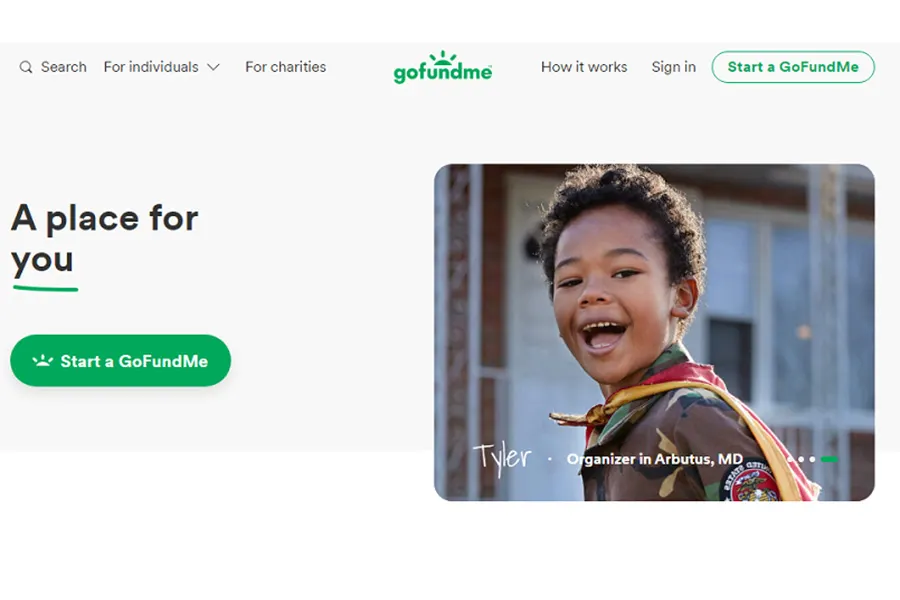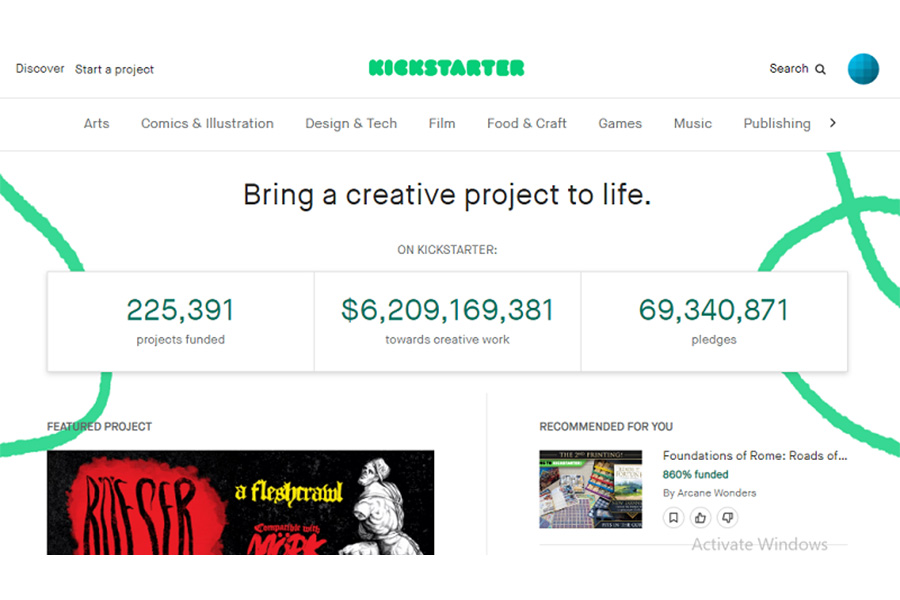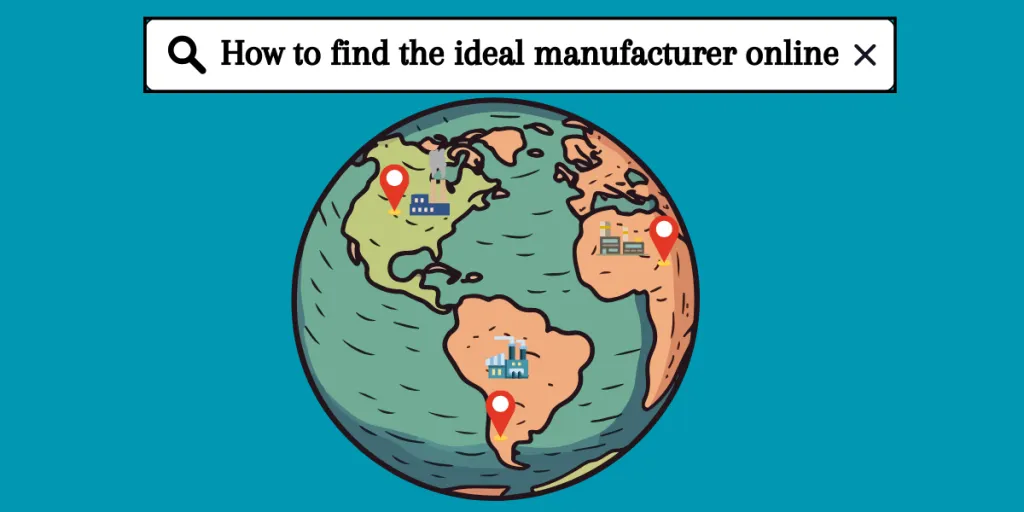The term crowdfunding is the act of fundraising by many people making small contributions to a cause, or business.
The concept of fundraising isn’t new, but online platforms like GoFundMe and Kickstarter have made this process easier. Successful crowdfunding campaigns are on the rise yearly. According to research studies by Fundly, 6.4 million crowdfunding campaigns saw an average success rate of 22.4 percent.
If you want to learn how to fundraise for a business and are looking for ways to hold successful crowdfunding campaigns for your start-up, then this article is for you.
Table of Contents
What are the benefits of crowdfunding
Steps to kickstart a crowdfunding campaign
Begin your crowdfunding campaign
Examples of successful crowdfunding campaigns
How to fundraise for a business: moving forward
What are the benefits of crowdfunding
Crowdfunding your startup enables you to attract investors without rigorous bank processes, while allowing you to retain ownership of your startup. So if you’re looking to raise capital turn your ideas into a reality, here’s how crowdfunding campaigns can benefit you:
Flexible funding: Securing funding is difficult for start-up businesses. Conservative banks might be reluctant to grant loans to startups with untested ideas. A successful crowdfunding campaign can therefore be more rewarding than traditional approaches to funding.
Builds a following: A strong following before starting a business is a great advantage. A crowdfunding campaign combined with social media and press can grow loyal supporters.
It validates your ideas: Crowdfunding is a great market research method. It’s a preview of how consumers will react to products and services. Entrepreneurs can improve them after feedback.
With these crowdfunding benefits in mind, let’s discuss how you can crowdfund your startup.
Steps to kickstart a crowdfunding campaign
Anyone can start their crowdfunding campaign with a few simple steps. To do so, you should:
1. Decide on a product or service
For the first step, you should aim to understand what product or service people need and create something that fills that need. Researching the target market and your potential investors is a great start. Their reaction to the products or services will provide a preview of the market’s response.
The business plan should have details of the products or services offered and why people should invest in them. It should also highlight what makes the product unique from others out there. This could also involve having a clear brand positioning strategy, which could make potential investors more eager to fund your business.
Entrepreneurs should also let investors know how much they need and what they are offering in return for investments. Unless the campaign is donation-based, it could be equity, rewards, or interest on loans. Whatever it is, it should be deliverable and entice them to invest.
2. Select a crowdfunding type
The crowdfunding campaign methods an entrepreneur chooses depends on the type of products and services they offer, and their objectives for growth. It could be any of the following:
Donations
Here, people give money without expecting anything in return because they believe in your project. Donations can help you raise funds without the pressure of delivering investment returns.
Equity-based
Equity-based crowdfunding rewards investors with company shares (equity) based on how much they invest, encouraging them to invest more. However, not all crowdfunding platforms allow this type of investment.
Loans
This funding type allows people to offer interest-based loans to startups with hopes of payback over a specific period. Crowdfunding interest rates are lower compared to banks and repayment is flexible.
Rewards
In return for their support, investors get exclusive content, merchandise, discounts, etc. Entrepreneurs can use rewards to build and maintain a personal relationship with investors. Giving rewards like customized merchandise can make interactions more personal.
3. Select the right crowdfunding platform
Although several crowdfunding platforms exist, deciding the ones to use for your campaign might be tricky. You must consider:
- The purpose of your campaign
- Your crowdfunding end goals, and if the platform supports such projects or has done so in the past
- The crowdfunding platform model or structure
- Crowdfunding platform fees for donations and missed targets and other terms and conditions
- Available payment options and refund policy
- Crowdfunding platform integrations and support options
- Platform restrictions and regulations
These factors ensure your crowdfunding campaign starts out on the right foot to avoid setbacks with regard to time, effort and resources.
With this in mind, here are three popular crowdfunding platforms for startups.
GoFundMe
GoFundMe is a well-known crowdfunding platform with over 50 million donors. The platform has raised over $5 billion worldwide and is one of the best sites for personal fundraising.

Pros
- Focuses on people-based causes.
- They allow people to keep what they raise even if they don’t reach the goals outlined in their funding campaigns.
Cons
- Low success rates for fully funded campaigns.
Kickstarter
Kickstarter funds creative projects like comics, illustration, art, games, music, etc.

Most fundraisers offer rewards, but people can donate to businesses they want to support. The platform doesn’t allow entrepreneurs to offer equity.
Pros
- Millions of visitors per month.
- Entrepreneurs keep an ownership stake because the platform doesn’t offer equity.
Cons
- If the funds raised don’t reach the project’s goal, the platform returns everything to donors.
Indiegogo
Indiegogo was originally a music-focused fundraising platform, but has evolved to include projects like health, fitness, and productivity.

They offer campaign extensions, expert advice, and other services.
Pros
- Reward and equity-based options campaign.
- Option for fixed or flexible funding. Entrepreneurs can choose to keep the money they raised or return it if the goal is not reached.
Cons
- The large number of campaigns can make it hard to stand out.
By getting funds from these platforms, startups can speed up their project faster than by traditional means.
Begin your crowdfunding campaign
Making your campaign successful can seem like a daunting task, but with thorough planning, strategy, and good marketing you will be able to grow your startup into a sustainable, long-term business. These following steps can help you get started confidently so that you can get the funding you need:
1. Make detailed preparations
Successful crowdfunding campaigns have many cohesive parts that influence their success. These elements allow your marketing efforts to shine through to attract the best investors.
Here’s how to get started:
Select a clear title: Select a clear and concise title to catch people’s attention. Potential investors have a lot of campaigns to choose from, so you want them to quickly understand what your business is about.
A campaign title should include the project name, what it is in simple terms, and what’s unique about it.
Create a pitch: An entrepreneur’s pitch gives details of their business, including why it’s important, and why people should invest. Hit crucial points hard and fast. Create a personal connection with investors by writing personal stories in your copy. If it’s a video pitch, appear in it and ensure they hear the passion in your voice.

Ensure the video or written pitch is professional. The pitch should include endorsements from authority figures in your niche, if possible.
Set a clear fundraising goal: Setting a fundraising goal depends on the campaign’s purpose. It could be to raise funds or test the market’s reaction to products. Set an appropriate fundraising goal. If it’s too high, entrepreneurs might scare investors off. Investors will see they’ve reached their goal and stop contributing if it’s too low. This way, entrepreneurs will not maximize their funding.
Perk levels: Offer a variety of rewards to encourage backers to invest in your product. Startups can fix the reward on how much they invest. It can be a public acknowledgment of their support or providing branded t-shirts, bags, etc.
Startups can provide backers early access and discounts on products. They can also offer access to exclusive brand events and one-on-one consultations.
Production: How many products do they want to make? How long will production take? How long will it take to receive their order? Startups should consider these factors to have a solid estimate of their production timeline.

Also, add more time in case of unexpected delays and notify investors when they happen with an updated timeline.
Shipping and fulfillment: Before making promises to backers, startups should ensure manufacturers can ship to their location. They need to prepare to ship en masse to supporters. Do they have a carrier? Do they know the postage cost? Planning can help fulfill rewards and timelines promised to backers.
Finances: Hire a competent accountant to help manage income and expenses during the campaign. This can help you optimize campaign earnings, taxes, and cash flow.
Communicate with backers: Entrepreneurs must keep investors informed on their progress because this builds trust with them. Use email newsletters to give updates on unforeseen delays and setbacks. It should include news on funding milestones, product development progress, and so on.
A well-thought plan for every campaign stage can help entrepreneurs build a strategy that will contribute to its success.
2. Create a promotional strategy
Without promoting the campaign, startups won’t be able to give it the extra exposure it needs. The following are the various methods of advertising a crowdfunding campaign:
Social media
Use stories to promote your campaign on social media. It should update people on the progress of the campaign. Keep the stories short and break them up into different chapters because it’s hard to keep users’ attention for long periods.
Ensure every image and video you post tells a story, and use emotion to appeal to users.

Explain the product’s story, how you came up with the idea and why the product is important to you. Highlight the benefits to your target audience and ask backers directly for support. Tell them in detail why you need support through crowdfunding and how you’ll spend the funds. Also, include the most appealing rewards to entice backers to invest.
Additionally, you may use influencers to promote the stories on social media.
Press and PR
Pitch the campaign to TV, radio, and blogs. Coverage in the media will spread the news about the project. Ensure they have the project details and include links to the campaign platform.
Timing is critical, so ensure it’s either at the campaign’s beginning or end. If the press picks up the campaign, entrepreneurs can share the story on social media too.
Paid advertising
After exhausting all the free promotional resources, if there’s extra cash to pay for TV, radio, or social media ads, do it. Choose the media that will effectively reach your target market.
Promotion is important. No matter how good a product is, the campaign won’t be successful if people don’t see it.
Examples of successful crowdfunding campaigns
Take inspiration from the following examples with unique product features that contributed to the success of the campaigns:
1. Oculus Rift
Oculus is a virtual-reality headset that puts players into games. The founder, Palmer Luckey, was 20 when he thought of it.

The crowdfunding campaign started on Kickstarter in 2012, the goal was $350k but he raised $2.4 million in 30 days. The campaign says it’s the first truly immersive VR headset, which could have contributed to its success. Facebook bought the company in 2014 for $2 billion.
2. Canary Smart Home Security
The Canary Smart Home Security campaign started in 2013. They successfully raised $1.4 million on Indiegogo in 34 days.

The product has an HD camera and many sensors that track motion, temperature, and air quality. You can also control it with a mobile device. The convenience of the product is what contributed to its success, and made it stand out.
These examples show that campaign success depends on a startup’s ability to capture people’s interests with quality products.
How to fundraise for a business: moving forward
Now that you know how to fundraise for a business, you can go ahead and start your crowdfunding campaign.
Before starting a campaign, learn from existing campaigns to understand what to do to ensure you get the funding you need. A clear plan made with extensive research can prepare you for success. Set attainable goals and break them down into stages so you’re not overwhelmed. Build an efficient team to divide and take on tasks so you can achieve your goals more effectively
Before the campaign, plan for fulfillment by researching the best ways to get your products to potential backers. But most importantly, believe in your project, pick the right platform to communicate your goals to potential investors, and then make it a reality through hard work and perseverance.




